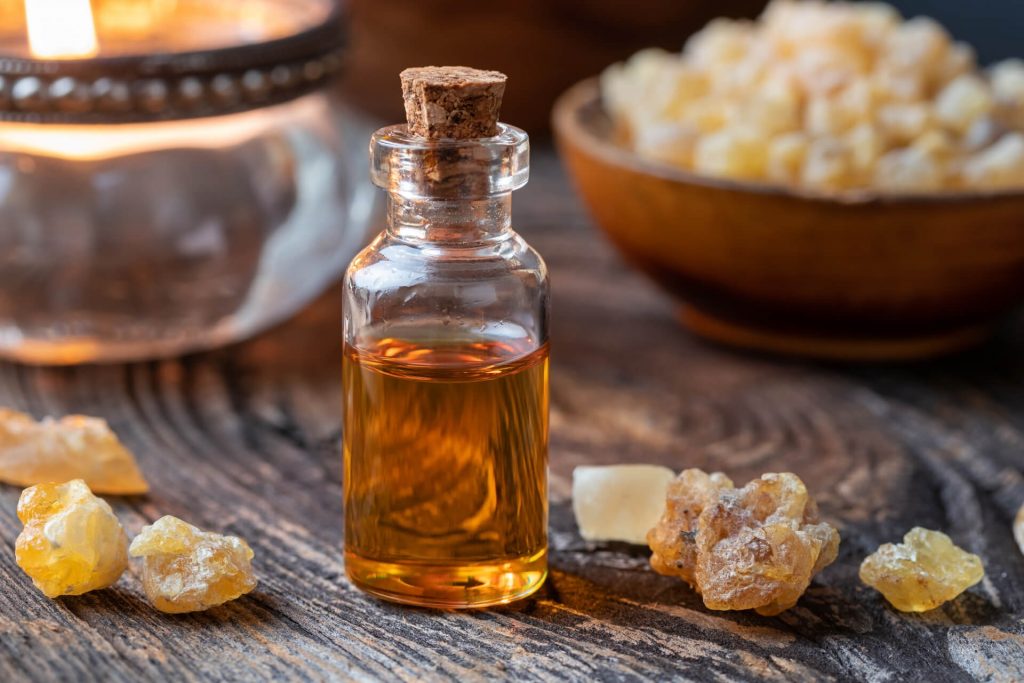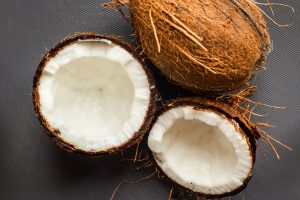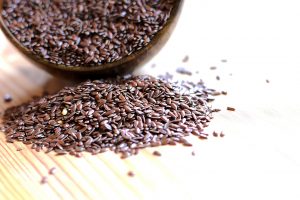The tree is native to the Middle East and Europe. It is also found in India, Southern Arabia, and North Africa.
The trees start producing resins after 8 to 10 years of plantation. The resins are harvested depending on the climate and soil. Most resins are harvested from trees found in southern Arabia.
The resin is distilled either by carbon dioxide or steam. The yield is about 3–10 percent. The oil is light yellow to green in color, slightly viscous with a medium, woody aroma.
Health Benefits
- The oil contains certain compounds called as sesquiterpenes that stimulate the limbic system, vital glands, and the brain center.
- Ancient Egyptians used the oil as a part of face mask.
- Its antiseptic and disinfectant properties benefits cuts, bruises, wounds, and dry skin.
- The essential oil of Frankincense can be diluted in baths to relieve poor blood circulation, exhaustion, and chilliness.
- The oil treats respiratory conditions such as mucus congestion, bronchitis, asthma, and catarrh.
- Frankincense oil is used for skin care conditions such acne, dermatitis, and psoriasis.
- The compounds in the oil support the production of white blood cells and boost the immune system.
- One of the important properties of the oil is it acts as a cicatrisant. This property is beneficial in reducing marks and scars associated with boils, acne, pox, and surgery and stretch marks associated with pregnancy.
The oil is considered a good tonic for the nervous system because of its sedative properties.
The therapeutic properties of the oil include vulnerary, carminative, uterine, expectorant, diuretic, astringent, and digestive.




